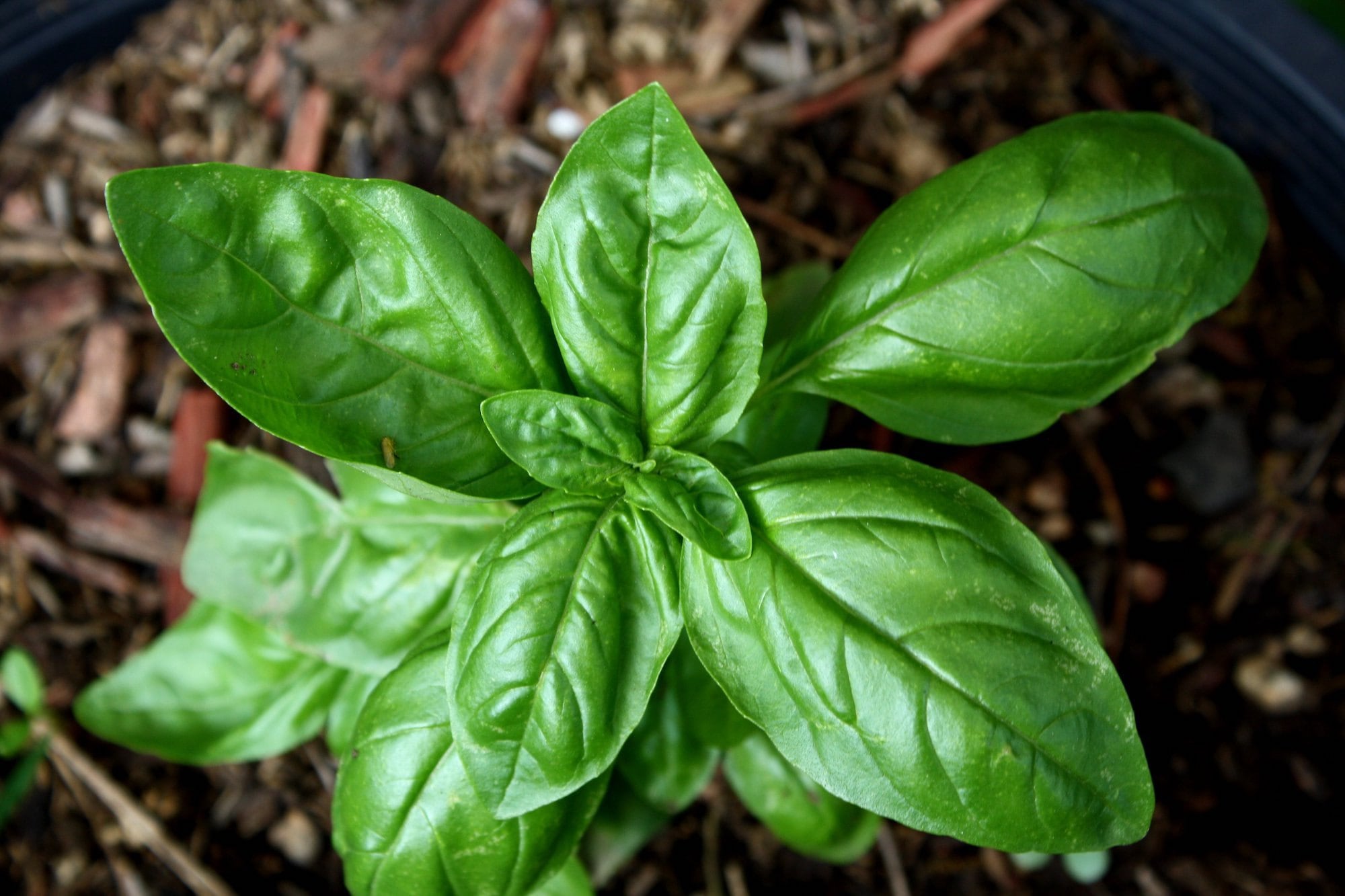Basil Italian Large Leaf (Ocimum basilicum) is a flavorful and aromatic herb with large, lush green leaves. Whether you're a seasoned gardener or a beginner, this guide will help you cultivate Basil Italian Large Leaf from seeds. You can find high-quality basil seeds and all your gardening supplies at www.ezyseeds.com.
About the Plant
Description
Basil Italian Large Leaf is characterized by its broad, tender leaves and sweet, mild flavor. It is a staple in Mediterranean and Italian cuisines, adding a delightful freshness to a variety of dishes.
Origin
This basil variety is native to India but gained immense popularity in Italy and other parts of Europe, where it became a key ingredient in classic Italian dishes.
Usage
Italian Large Leaf Basil is versatile and used in a wide range of recipes. It's perfect for making pesto, adding flavor to salads, garnishing pizzas, and enhancing pasta dishes. Its large leaves make it an excellent choice for wraps and sandwiches.
Interesting Facts
- Basil is often associated with love and is considered a symbol of good luck in some cultures.
- It's a rich source of essential oils, antioxidants, and vitamins.
- In addition to culinary uses, basil has a history of medicinal and aromatic applications.
USDA Hardiness Zone
Basil Italian Large Leaf is typically grown as an annual herb and is not limited by USDA Hardiness Zones. It thrives in a variety of climates and can also be grown indoors on a sunny windowsill.
Selecting Seeds
When selecting Basil Italian Large Leaf seeds, consider the following factors:
- Variety: Ensure you choose the Italian Large Leaf variety, known for its large, tender leaves and mild flavor.
- Quality: Opt for high-quality seeds from a reputable source like www.ezyseeds.com.
- Quantity: Plan the number of basil plants you want to grow, as basil is often used generously in cooking.
Seed Germination
- Seed Sowing: Plant basil seeds directly in well-draining soil or start them indoors in seed trays. Sow the seeds about 1/4 inch deep.
- Warmth and Light: Basil requires warmth and plenty of sunlight for germination. Ensure the soil temperature is around 70-80°F (21-27°C).
- Watering: Keep the soil consistently moist but not waterlogged. Basil seeds usually germinate within 5-10 days.
Transplanting
When your basil seedlings have developed several sets of true leaves and are about 3-4 inches tall, they are ready for transplanting.
- Choosing a Location: Select a sunny spot in your garden or a suitable container for growing basil.
- Spacing: If planting multiple basil plants, space them about 12-18 inches apart to allow for proper growth and air circulation.
- Soil Preparation: Basil thrives in well-draining soil enriched with organic matter. Ensure good soil aeration for healthy root development.
- Planting: Carefully remove the seedlings from their containers or trays, taking care not to damage the roots. Plant them at the same depth as they were in their original containers.
Care and Maintenance
- Watering: Basil prefers consistent moisture. Water regularly but avoid soaking the soil. Basil is sensitive to overwatering.
- Mulching: Apply a layer of organic mulch around the basil plants to conserve moisture and keep the soil cool.
- Pruning: Pinch or trim the basil leaves regularly to encourage bushier growth. Remove any flowers that appear, as they can reduce leaf production.
- Fertilization: Use a balanced, water-soluble fertilizer sparingly. Basil doesn't require heavy feeding.
Final Thoughts
Growing Basil Italian Large Leaf brings the delightful flavors of Italian cuisine to your garden. With its lush leaves and versatile taste, this basil variety is a favorite among chefs and home cooks alike. Remember to visit www.ezyseeds.com for quality basil seeds and all your gardening needs. With a bit of care and attention, you'll have an abundant supply of this beloved herb to enhance your culinary creations.
